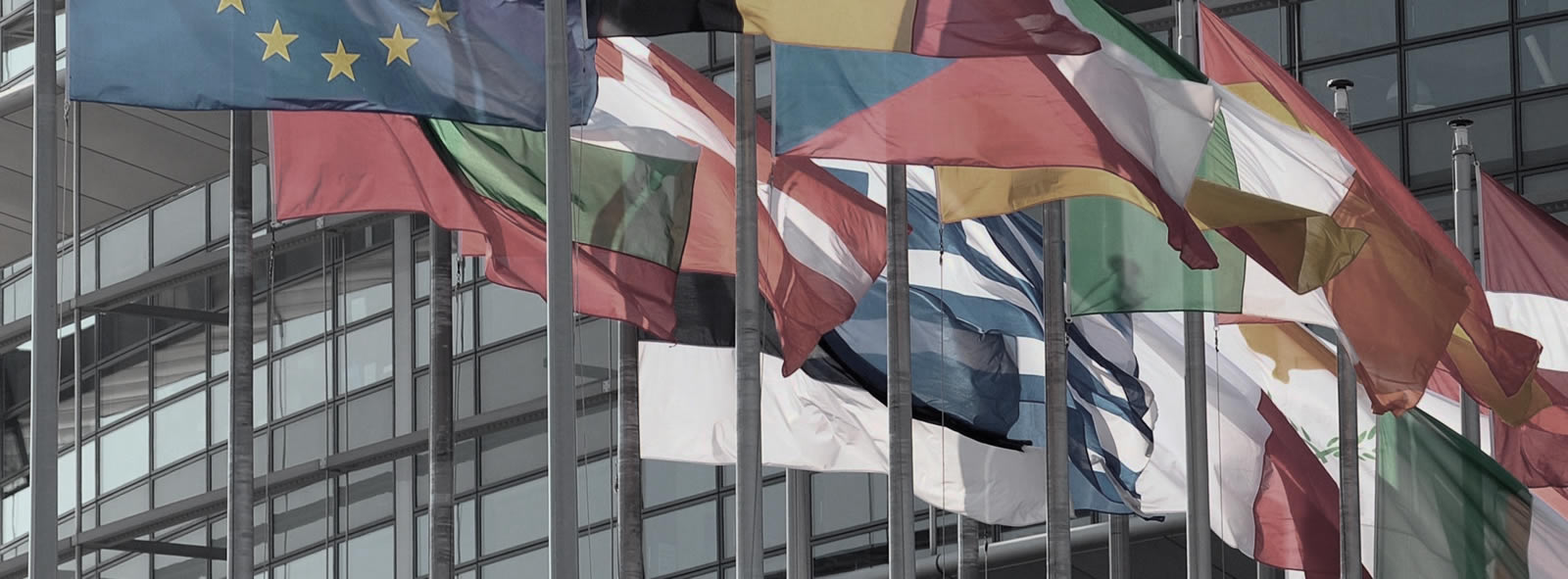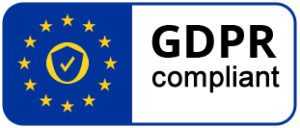05 Jun 2023 Schengen visa: proposal for the digitalisation of the visa procedure
The new Pact on Migration and Asylum, presented by the European Commission in September 2020, sets the objective of making the visa procedure fully digitalised by 2025, with a digital visa and the ability to submit visa applications online. The Commission presented the legislative proposal on 27 May 2022, the text is now following the ordinary legislative procedure. Eurosmart, the voice of the Digital Security Industry, welcomes European Commission proposal and efforts of the co-legislators to reach an agreement during the ongoing interinstitutional discussion. This proposal is an important step towards fostering digital transformation in society and reducing administrative costs for embassies and consulates of EU member states. EU member states annually processes more than 10 millions of Schengen Visa requests from 3rd country nationals. Whilst facilitating the administrative processes, the digitalisation of the visa procedure will enhance the security of Schengen visas by reducing risks of forgery, substantially improve convenience for visa applicants and facilitating the verification process. The proposal provides key benefits for Schengen visas:
Reducing administrative costs for embassies and consulates of EU member states:
Digital visa application simplifies and streamlines the application process, reducing the need for manual intervention and saving resources. By eliminating the need for paper-based visa applications, digital visa application reduces the workload on embassy and consulate staff. For data quality reasons the usage of ICAO’s Digital Travel Credentials (DTC) should be supported and encouraged in the application process: The DTC Virtual Component data structure contains the digitally signed biographic data and the portrait image stored in the passport’s chip in a standardized format.
Reducing transport efforts and increasing convenience for visa applicants
Digital visa application also reduces the transport efforts required for applicants. Applicants, after having recorded their travel documents and their biometric are collected can now apply for a Schengen visa from the comfort of their own home, without the need to visit a visa centre, an embassy or consulate in person. It is a substantial advantage compared to the case of paper-based Schengen visa, where usually 1 or even 2 trips are needed: one for the application, and one to retrieve the visa and passport.
Fostering mobile centric Schengen visa:
The second pillar of this initiative is the digitalisation of the Schengen visa, under the shape of a signed barcode. This format can easily be stored in a mobile phone and presented directly on the screen of the mobile phone for border control, but also airlines or other carriers could check the visa. This is exactly similar to what already exists with boarding pass, which nearly always bears a barcode now, and where traveler can smoothly embark by simply scanning their boarding pass displayed on the screen of their mobile phone. The digitalization of the visa procedure also fosters the use of travel documents in ID1 format for third-country nationals. Many third countries are already using ID1 format travel documents, such as the eiD-cards in Ukraine and Turkey which will directly benefit from this initiative. Schengen visas within a mobile phone are more convenient and easier to carry, and they can be read by automated border control systems, as they are encoded as barcodes, which significantly improve security and reduce wait times at border crossings.
Reducing the risk of visa forgery:
Digital visa application reduces the risk of visa falsification and counterfeiting -which could be exploited for illegal travel into the Schengen area. With paper-based visa applications, blank documents may be stolen or counterfeited and thus filled with data of an illegal holder, or genuine documents may be falsified to remove original data and replace them with the ones of the illegal holder.
Yet, to sustain the security of digital visa, it is crucial to ensure that each border crossing point is duly equipped with the technical capacities to thoroughly inspect it. It means, that devices are available to control the barcode, but also connectivity is ensured to (1) retrieve the certificate issuer and /or information about their validity and above all (2) access VIS database to compare biographic and biometric data recorded at issuance with the ones included in the digital visa. To support the verification of the barcode’s digital signature it is recommended to use a data structure for the barcode that allows the storage of the issuer certificate in the barcode as the upcoming ICAO datastructure for barcodes.
2023_05_22_Schengen-visal-proposal-for-the-digitalisation-of-the-visa-procedure


